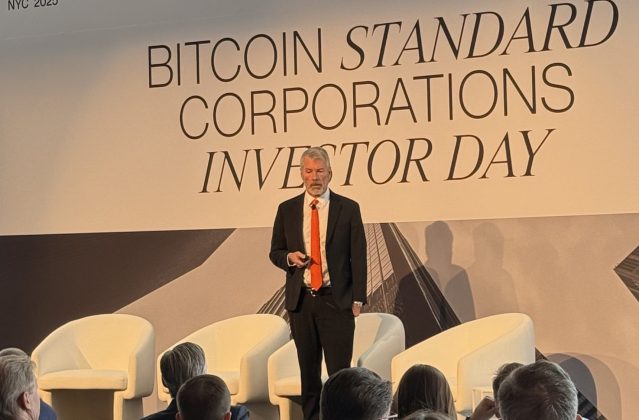Highlights:
- On March 7, 2024, Coinbase Derivatives submitted CFTC filings to self-certify the launch of cash-settled futures contracts for Dogecoin, Litecoin, and Bitcoin Cash by April 1, 2024. Coinbase might have chosen these assets as they are all Bitcoin forks, and are thus likely seen as commodities by the SEC.
- On March 18, the Chicago Mercantile Exchange launched Micro Euro-denominated Bitcoin and Ether Futures. This enables EMEA region investors to buy contracts using euros and removes the need for currency conversions or hedges. 24% of the exchange's Bitcoin and Ether futures volume comes from this region.
- Between March 14 and 19, BTC saw long liquidations totaling $620.52 million, accompanied by a price decrease of 19.85%. Ethereum had long liquidations worth $385.48 million in the same period, resulting in a 27.37% price drop.
Forecast
The crypto derivatives market has continued its strong momentum from February into March. It shows no sign of slowing in the countdown period to the 2024 Bitcoin halving, expected in mid-April. Historically, halving events have led to a rise in Bitcoin's price and a subsequent increase in market activity, including derivatives.
Sentiment
The range of crypto derivatives offerings is growing, highlighted by Coinbase's announcement of DOGE, LTC, and BCH futures, as well as the CME's launch of Euro-denominated Micro Bitcoin and Ether futures. The latter provides the Eurozone with alternatives to US dollar-denominated contracts. This will prevent the need for currency hedges and enable traders to create de facto FX contracts through strategic positions in Bitcoin and Ether futures.
Analysis
Between March 1 and March 29, BTC experienced record-breaking increases in futures and options OI. Futures OI rose by $11.47 billion and options OI by $9.57 billion (Figure 1). These levels of open interest are unprecedented, with only October 2021 and February 2024 showing similar figures, both during the heights of the respective bull markets (Figure 2).


ETH OI paints a different picture (see Figure 3). Although ETH futures OI rose, setting a new all-time high with a $2.04 billion increase, this was relatively modest in relative terms compared to past surges, including the recent one in February 2024. On the other hand, ETH options OI saw a jump of $4.62 billion, which was also unprecedented in history, with only July 2022 and February 2024 coming close as points of reference.

The preference for ETH options over futures might relate to the ongoing SEC investigation against Ethereum, which challenges its classification as a commodity. It raises concerns over potential delays or denials of spot Ethereum ETFs in May. Options have become particularly attractive under these circumstances, as they allow investors to engage in strategies that can profit from the underlying asset's volatility without having to hold it.
This interest in derivatives led to March 29 being the largest quarterly options expiry in history for BTC and ETH. It totaled $15.16 billion. However, this massive expiry did not significantly impact BTC's and ETH's prices. As the March expiry approached, these options were likely part of delta-neutral positions that were carried over, which might have contributed to the minimal price impact. The unresolved question is whether the profits from these calls will be reinvested in new contracts and, if so, which strikes and maturities will be selected.
For individuals with a low-risk appetite, a strategy known as a cash-and-carry trade might remain attractive in the coming months. It involves holding long positions in the spot market while holding shorts in perpetual futures. The strategy takes advantage of the funding rate in perpetual futures that is paid to short holders. As of March 31, the annualized funding rate percentages shown in Figure 4 are 70% or even higher.








